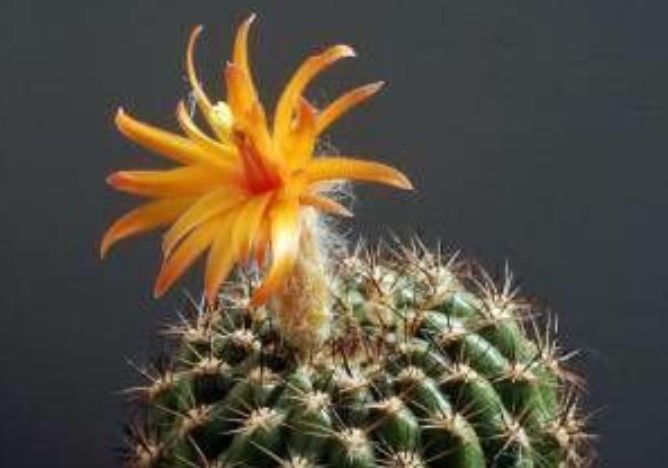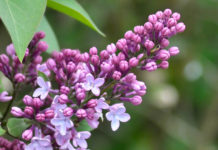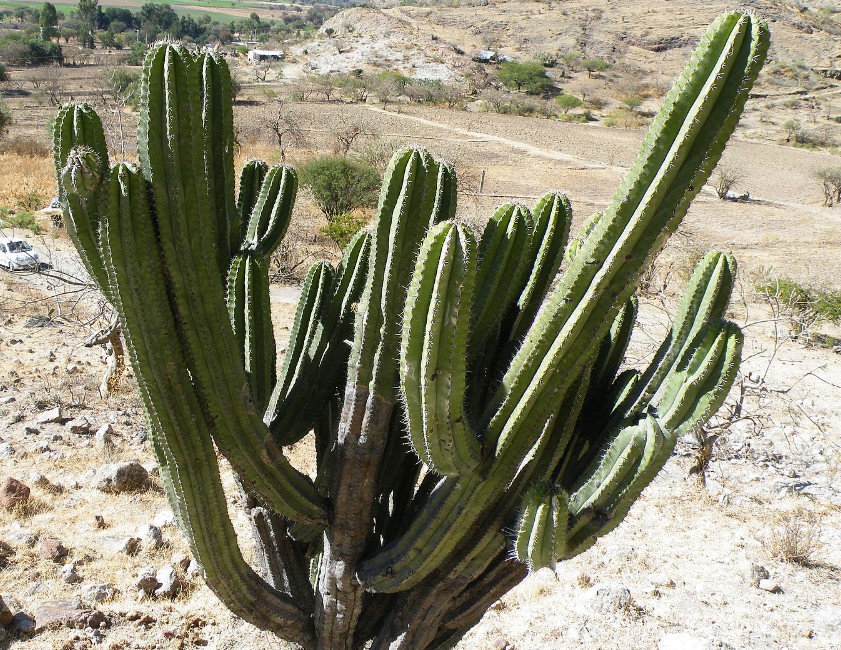Matucana intertexta plants are usually solitary. The stunning flowers are oblique, pale orange to vermilion to scarlet, with violet margins, 7–10.5 cm (2.8–4.1 inches) long, and 3.5-8 cm (1.4–3.1 inches) in diameter.
The stems are globose to broad, cylindrical, green, and 30 cm (12 inches) in height and 7–18 cm (2.8–7.1 inches) in diameter. The ribs are about 14–25, blunt, with flattened tubercles. The spines are white to darker with age, straight to slightly curved, and erect to somewhat divergent. Moreover, the central spines are as many as 20 at first and 5–10 mm (0.2–0.4 inches) long; later, they are 2–5 and 20–40 mm (0.8–1.6 inches) long. The radial spines are as many as 20 at first and 5–10 mm (0.2–0.4 inches) long; later, they are 10-15 and 7–20 mm (0.3–0.8 inches) long.
The genus Matucana includes the native Peruvian cactus species Matucana intertexta, which has won the Royal Horticultural Society’s Award of Garden Merit.
Fruits are globose, green, and 1-1.8 cm (0.4-0.7 inches) in diameter.
Distribution: Cajamarca, Peru, at elevations of 1500–2300 meters (4900–7500 feet). In 1996, Bregman proposed two varieties of M. intertexta, and celendinensis. He and others suggest that the latter may be a hybrid, M. intertexta x M. aurantiaca.
The first descriptions of Submatucana intertexta by F. Ritter Backeberg (1963) and Borzicactus intertexfus by F. Ritter and Donald (1971).
Read More: How to Grow Philodendron?







